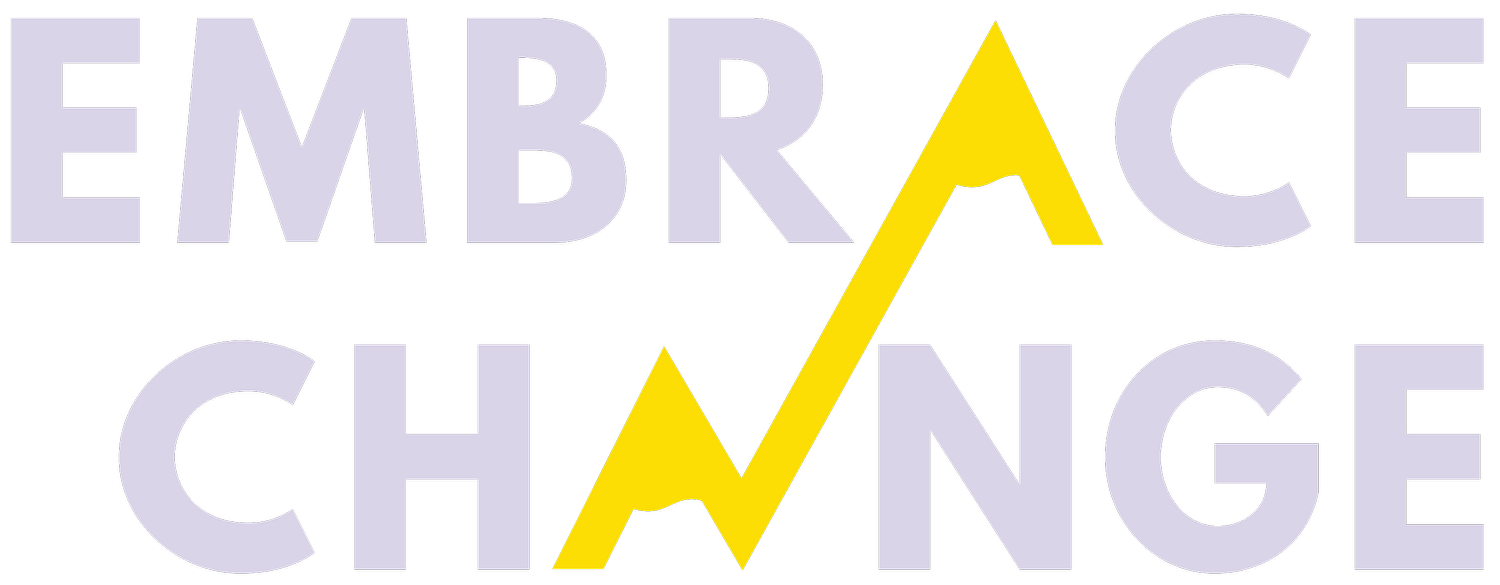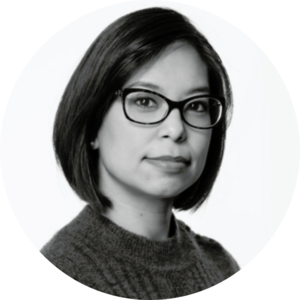How being a mom and a daughter drives — and sustains — my advocacy for safe water
Reflecting on my childhood, I know that my late mother would laugh at how similar my daughter and I are. I’m sure that if she could see the curious looks that radiate off my daughter’s face, she’d envision me as a little girl…Me as a little girl, sneaking into my parents’ room, climbing my mother’s dresser to paint my face with the frosted pink lipstick and black eyeliner she kept on the shelf above. It’s the same dresser and shelf that piques my daughter’s interest today.
The author and her mother's dresser from Korea. Photo courtesy of Angela Guyadeen.
After my parents and I moved from California to Florida, they enrolled me in kindergarten at the local elementary school. They talked about how I was going to ride a big yellow bus to school and that I’d meet other kids and make friends. As an only child, this sounded like an amazing new adventure. But one day in those early weeks on the ride to school, the kids on the bus started to look closely at my arms and legs, and – in a tone where you could tell this wasn’t a good thing – asked me why my skin was brown. I didn’t know the answer. I had never thought of the color of my skin. But the way they said it, I knew it was different and that wasn’t good. By the end of the day, I concocted an idea about how to fix this “problem.”
I came home from school, walked into my parents bedroom and grabbed a bottle of baby powder off the vanity and rubbed the white dust all over my face, arms, legs and hair, meticulously covering as much of me as I could. I remember feeling pretty proud of my problem-solving skills. I took one last look in the mirror to make sure I covered every inch of my skin and marched out to show my mother who was in the process of cooking our nightly Korean feast for our family. I said, “Mom, look at me, I’m white just like the other kids!” She looked at me for what felt like the longest moment, and to this day I remember feeling like time stood still. I felt like I had done something brilliant because I had solved a problem but clearly my mom didn’t feel this way. She immediately started to cry, but then also told me to never do that again. She rushed me to the bathroom and made me wash off every last bit of that baby powder. I was so very confused.
As a mom and an advocate, this experience (and so many others) colors how I see the world. It impacts how I approach my work and fuels my ambition to make it a better place for my kids. As the Director of the Safe Water Initiative at NRDC, it is my job to advocate for access to safe, sufficient and affordable water for all. But, truthfully, it’s not just safe, clean water I’m advocating for, I’m working to advocate alongside the people and communities who lack access to safe, drinking water.
Over the last few years, headlines across America have shown that our drinking water isn’t as safe as we believe it should be. And more often than not, it is low income and/or communities of color who are most impacted by these drinking water atrocities. In my job, we are working to try and make help come faster, equitably and – equally importantly – we are trying to prevent more drinking water crises from happening. I’d also be remiss in not naming the trauma that these communities must continue to live through after a water crisis happens, let alone finding a way to someday trust that the water coming from their tap is safe.
The systems that created these drinking water emergencies and other similar environmental injustices have stacked the deck against these communities. The burdens they face are cumulative. In too many communities, safe, clean drinking water is unavailable and many of those who hold the power to make change are either unwilling to take swift and meaningful action to solve the problem – particularly in communities of color.
The author with her two kids in front of her childhood home. Photo courtesy of Angela Guyadeen.
In order to fix this problem it will be essential to build a diverse and inclusive environmental movement, where all are protected equally and enjoy the same access to a clean and healthy environment as their neighbor. When we work to ensure all have access to a safe, clean and healthy environment this is also a way to reconcile injustices that too many face each day. Advocates must work to build stronger relationships at the community level because growing shared power is essential for securing the change we hope to see for future generations.
I want my children’s inheritance to be a world where they can trust that the water is safe, the air is clean and that their children will be able to enjoy the same, if not better, planet.
Angela Guyadeen
Angela is an innovative public affairs strategist with extensive experience managing integrated candidate and issue campaigns in government, nonprofit, community and corporate sectors.
Connect with Angela through her LinkedIn.




